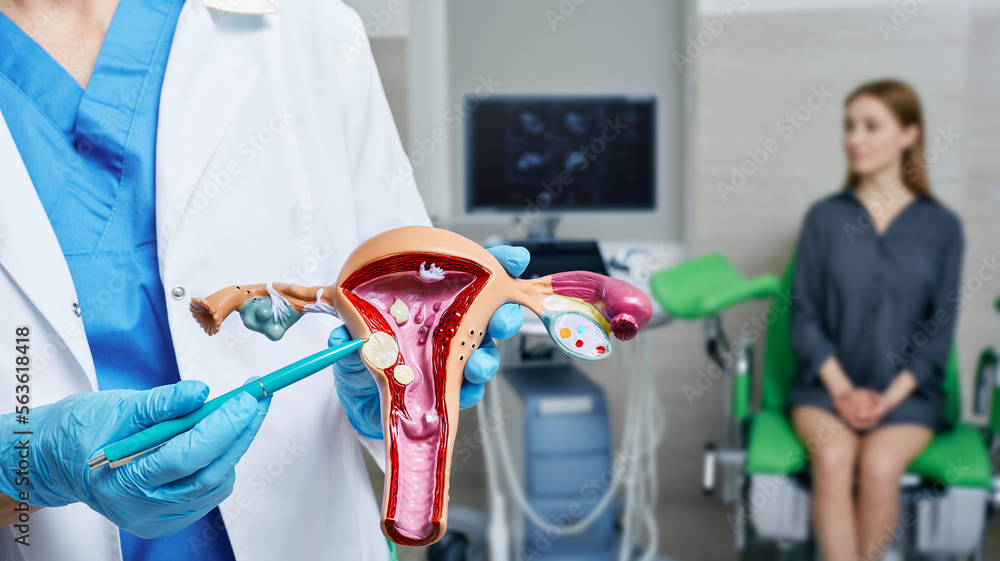Uterine Fibroids

A uterine fibroid is a noncancerous lump that grows in the uterus (womb). They’re made of muscle and tissue and can be as small as a pea or as big as a melon. Sometimes, women can have more than one fibroid, and they can appear in different parts of the uterus. Fibroids can cause infertility, miscarriage, and complications during pregnancy and childbirth.
Uterine fibroids are pretty common, affecting 20-70% of women. They’re most common in women in their 40s and early 50s. About 80% of black women and 70% of white women have fibroids by age 50. But they’re rare in women under 20.
Some things can make it more likely for you to get fibroids, like:
- Being overweight or having a higher body mass index (BMI)
- Having family members with fibroids
- Not having kids
- Starting your period at a young age
- Reaching menopause later in life
Symptoms can vary. Some women don’t have any symptoms, but if they do, they might have:
- Backaches
- Constipation
- Feeling pressure or pain in the pelvic area
- Fibroids can also cause issues during pregnancy and childbirth
- Heavy or painful periods
- Peeing a lot
- Trouble getting pregnant
We’re not exactly sure what causes fibroids, but they seem to be linked to hormones like estrogen and progesterone. These hormones make the uterus grow during your menstrual cycle, and fibroids have more hormone receptors than normal uterine tissue.
Often, your gynecologist will find fibroids during your regular pelvic exam. They might also consider fibroids if you’ve been having heavy bleeding or other symptoms. There are tests they can do to be sure and figure out where the fibroids are.
Your doctor might use different tests to check for fibroids, like:
- CT scan: An X-ray test that gives a detailed look at your insides from different angles.
- Hysteroscopy: A thin tube with a camera is put into your uterus through your vagina to look for fibroids.
- Hysterosalpingography (HSG): A special X-ray where dye is put into your uterus to see it better.
- Laparoscopy: A small cut is made in your abdomen, and a tiny camera looks at your organs inside.
- MRI: This test uses magnets and radio waves to make detailed images of your organs.
- Sonohysterography: A saline solution is put into your uterus through your vagina to make clearer images.
- Ultrasound: A painless test that uses sound waves to make pictures of your insides.
The treatment depends on the size and location of the fibroids and if you want to have kids later. Some options include:
- A procedure called uterine artery embolization, where blood flow to the fibroids is blocked to make them shrink
- Hysteroscopic myomectomy, which removes fibroids through the cervix using a scope
- Medicines to help with symptoms and shrink fibroids
- Surgery to remove the fibroids or the whole uterus
Your gynecologist can diagnose and treat fibroids. But if you’re considering uterine artery embolization, you might want to see an interventional radiologist who specializes in that.
Usually, if your gynecologist has already diagnosed you with fibroids, you don’t need a referral to see an interventional radiologist. But some insurances might have special rules about referrals
